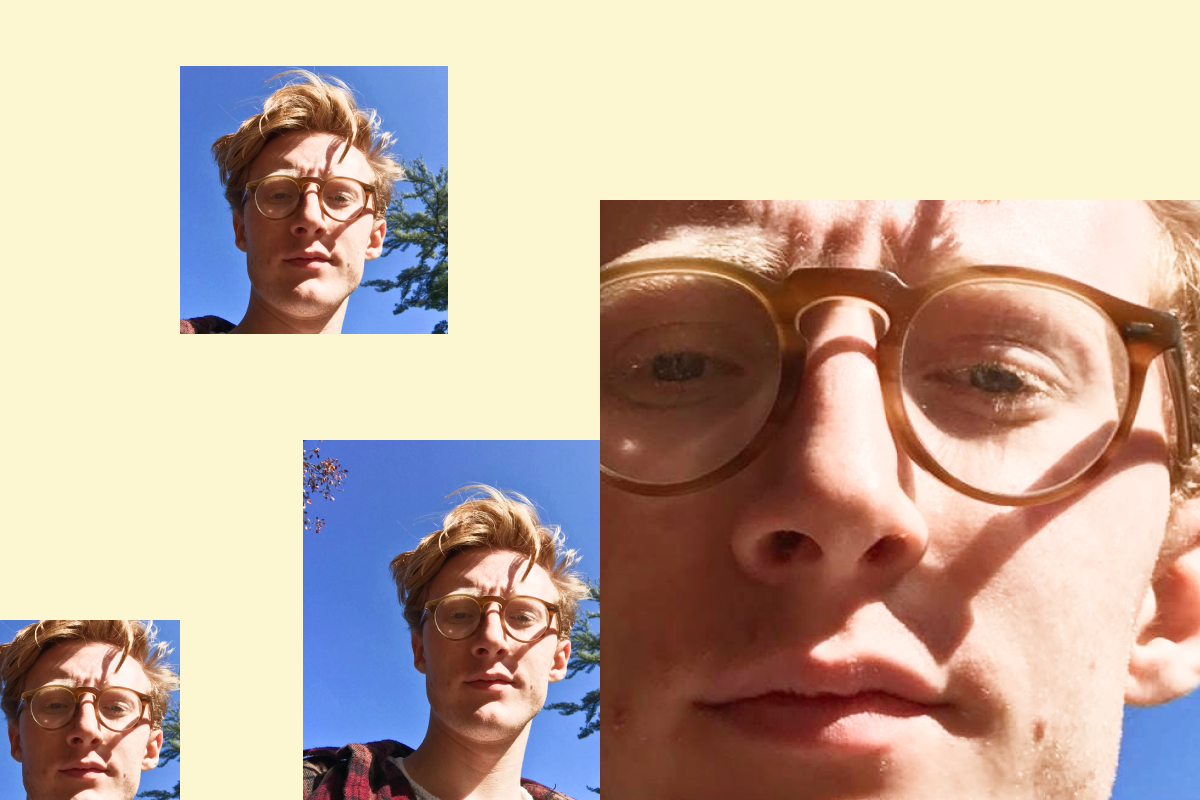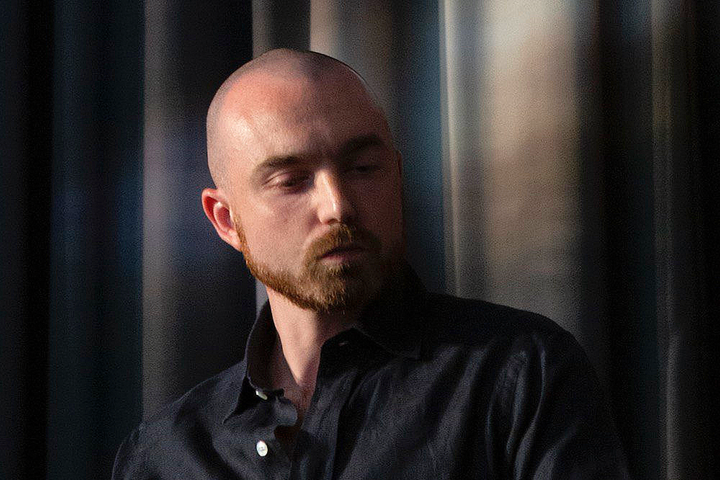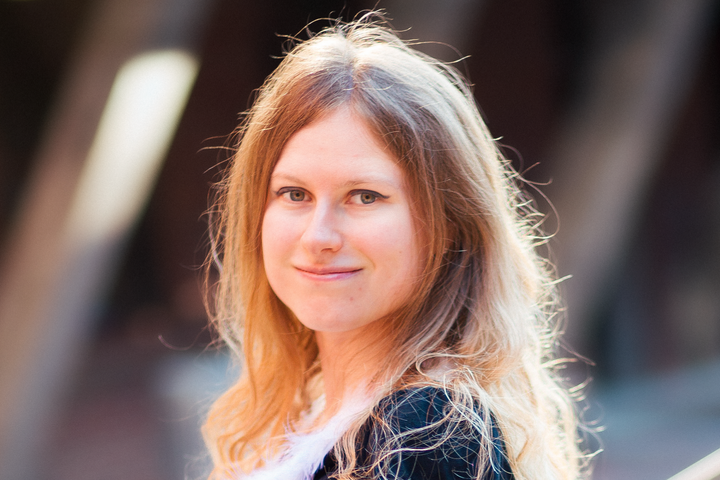Wade Wallerstein, Digital Anthropologist and Founder of Silicon Valet

On Breaking Out from Algorithmic Control, NFTs being just Another Transactional Medium, and Seeking Community and Mentorship
Can you tell us how and why you started Silicon Valet?
I started Silicon Valet because I realized that most of the art that I was consuming was through social media. I rarely had the opportunity to travel the world to see innovative new media art installations, and instead lived vicariously through installation images and video tours on Instagram. This made me think that we, as cultural workers, need to do more to unpack feed-based social space and audience experiences there. If social media are the primary sites for art experience, how can we nurture and protect this space? How can we break out from algorithmic control through creative practice? I wanted to create a space that served as a hub for a global community of digital artists to find each other, and to find inspiration. I also wanted to create an experimental digital-only gallery, that used the conventions of social media in order to show true innovation in modern net art.
What are your views on NFTs and what are the pros and cons?
I think that NFTs are a transactional medium like any other. We had paper bill notes, then we had credit cards and digitized transaction history, and now we have non-fungible tokens that allow us to record transactions on a public ledger, immutably. Certainly a major leap forward for artist royalty rights, but not so far revolutionary as the Web3 industry would have us to believe. I think that NFTs can be used as a medium (as expressed by artists like Rhea Myers, Harm van den Dorpel, and Mitchell Chan). I also think that NFTs can be used to sell just about everything. Participating in speculative marketplaces is dangerous, especially for young and emerging artists. There is a certain lack of control that one succumbs to, and the NFT marketplace ecosystem has a particular social tendency to chew artists up and spit them out (it's not all rags to riches stories). That said, NFTs are bringing brand new audiences to the art world, and also providing space for legacy digital artists to shine. I love seeing legendary net artists like Lorna Mills, UBERMORGEN, and Auriea Harvey selling their work at affordable prices via Tezos, so that new collectors can have access to their work. One thing that I think is super positive about NFTs that no amount of FUD (fear, uncertainty and doubt) can take away is the public access that they provide. Most NFT marketplace platforms pin artwork metadata to IPFS. This means that when you mint a work, you are also making that work publicly available online for anyone to look at. This is amazing! And something that curators and other cultural workers should be championing and paying attention to.
How do you find working with institutions and not-for-profit spaces and maybe your involvement as a director at Transfer Gallery?
I love working for not-for-profit spaces and institutions, because they provide a history and a backbone that newer commercial venues just can't provide. In addition to directing TRANSFER, I also work as a curator at a San Francisco non-profit called Gray Area. We're an arts and technology community space, aiming to improve access to San Francisco community members to new media art and design innovation. When working in an institutional context, questions of financial value of a work and speculating on its performance within a market are way less important than the emotional impact of a piece. It's nice as a curator to be able to focus on the meaning, concept, and audience perception of an artwork rather than worrying about selling it. That said, non-profits have their own struggles–particularly in the United States where public funding for the arts is much harder to come by. Money talks, and can go a long way in the development of an artist's career, a specific project, or an exhibition. I think that all spaces within a broader arts ecosystem need to be supportive of one another. We're all working towards the same ultimate goal: which is promoting meaningful cultural development whilst also ensuring the financial security and success of artists and creators (and ourselves!). We need all parts of the ecosystem to be healthy, to keep a robust landscape of cultural development available to creative practitioners.
How do you fund yourself?
Unfortunately, I was unable to secure funding for Silicon Valet. The project came out of love, and community will. My personal circumstances have changed, and it's not possible for me to devote as much time to the project (we're essentially on hiatus for the time being). I've always worked in the arts & public sector on top of my independent curatorial work, to keep my bills paid. It's hard! Many folks, myself included, work two or three jobs to make ends meet. Luckily, I have found myself in a niche knowledge base about digital, internet, and simulation art specifically that is in high demand right now, and I am able to bring my skill set to various for-profit and not-for-profit organizations where needed. I'm very fortunate, but it's particularly difficult for independent practitioners, especially in the United States in an uber-expensive city like San Francisco.
Do you have practical advice to give to young curators and artists?
Seek mentorship. Nobody can navigate this ecosystem alone. And, nobody is born knowing everything. I think it's incredibly important to work with others more senior than you, assist them, and learn from them. This is the best way to both develop a professional network and the practical skills that you'll need moving into the arts industry. I worked hard to ingratiate myself to my academic heroes; proposing collaborations and seeking work opportunities wherever I could. I was lucky enough to receive mentorship from Kelani Nichole, TRANSFER's founder, who taught me everything that I know about contemporary art installation. Over the years, I have continued to be blessed by mentorship from artists that I've worked with, other curators, and even academics from other industries. Building bridges, and offering yourself (rather than just taking from others) is crucial. Another thing that I always tell folks just starting out, is that you can never forget that even though the capital “A” Art World is a business economy, art, at the end of the day, is about people and feelings. If you're not willing to accept others, be open minded, and treat others with fairness and sensitivity, then this is not an industry for you. We need to nurture people, and validate their emotions and experiences through our work. I don't think that it's possible to work in this space in a purely transactional way.
Wade Wallerstein is an anthropologist from the San Francisco Bay Area. His research centres around communication in virtual spaces, new phenomenologies made possible by the digital, and the relationship between digital visual culture and contemporary art. He is the Founder & Director, Silicon Valet, Co-director, TRANSFER Gallery, Associate Curator & Community Manager, Gray Area, Contributor, Outland. Most recently, he has curated an online exhibition alongside Faith Holland and Lorna Mills,entitled “Well Now WTF?” designed by Kelani Nichole, and featuring over 120 artists. Wallerstein’s curatorial work has been featured in the New York Times, The New Yorker, Dazed, Canadian Art, AQNB, Elephant, the Los Angeles Times, Elle, Vogue, 4 Columns, the Japan Times, It’s Nice That, and more.



